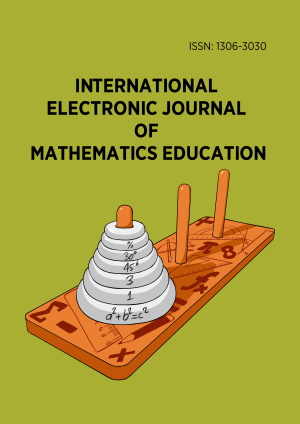Abstract
This study explores the effectiveness of GeoGebra in enhancing students' understanding of vectors in mathematics education. The research compares traditional teaching methods with the application of GeoGebra to determine its impact on conceptual and procedural knowledge acquisition. Vectors are often challenging for students to grasp due to their abstract nature and frequent use in physics rather than mathematics itself. This study investigates how visualization and interactivity through GeoGebra can facilitate comprehension. The research was conducted in two primary schools, where one group of ninth-grade students was taught vectors using the classical approach, while another group utilized GeoGebra. Findings indicate that students who learned with GeoGebra demonstrated a better conceptual and procedural understanding of vectors, improved problem-solving abilities, and higher engagement levels compared to those taught with conventional methods. The study also highlights challenges such as the availability of technology, teacher training, and implementation scalability, which can impact the effectiveness of digital tools in education. The results suggest that integrating GeoGebra into mathematics instruction can significantly enhance students' learning experiences. However, broader accessibility and teacher training are essential for its successful implementation. Future research should explore the long-term impact of digital learning tools in mathematics education and their application across different educational contexts.
Keywords
License
This is an open access article distributed under the Creative Commons Attribution License which permits unrestricted use, distribution, and reproduction in any medium, provided the original work is properly cited.
Article Type: Research Article
INT ELECT J MATH ED, Volume 20, Issue 2, May 2025, Article No: em0824
https://doi.org/10.29333/iejme/16007
Publication date: 01 Apr 2025
Online publication date: 19 Feb 2025
Article Views: 5850
Article Downloads: 2170
Open Access References How to cite this article
 Full Text (PDF)
Full Text (PDF)